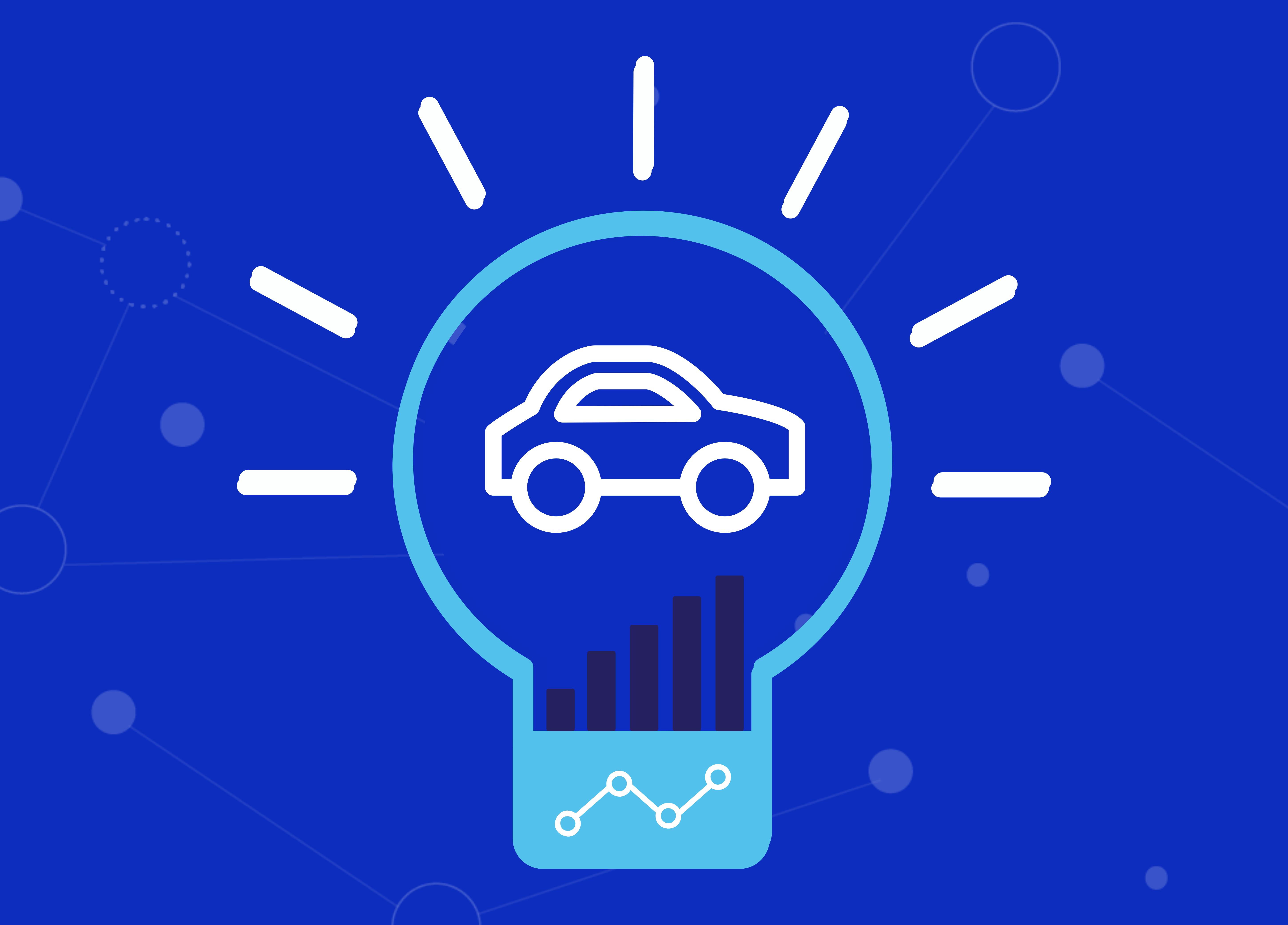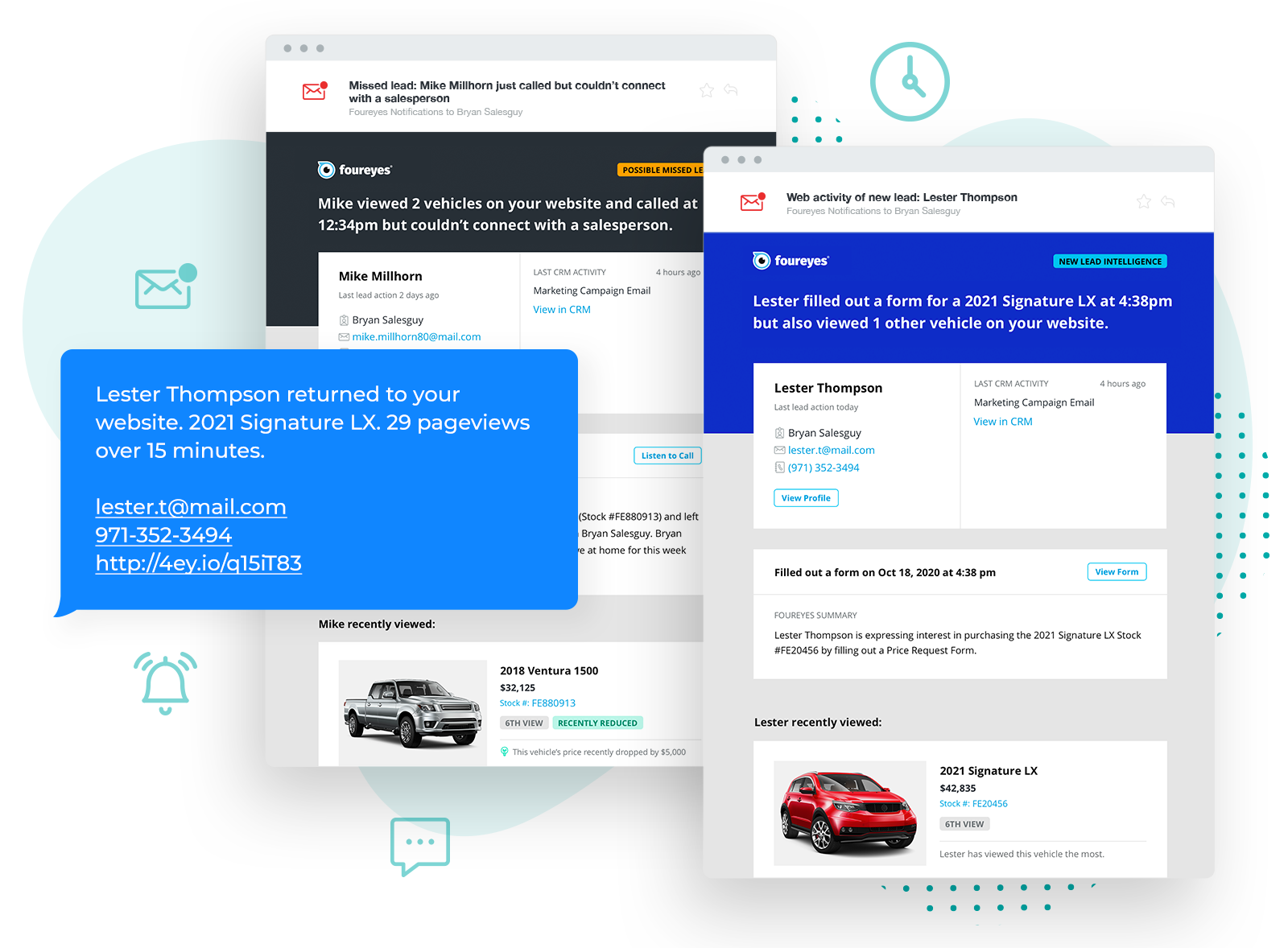
This was originally published on Auto Tech Outlook.
For the past couple of years, intent data has bloomed into a major data category for sales and marketing. Yet, according to a study from TOPO, 67% of organizations struggle to make intent data actionable.
In 2021, we believe that will change.
Increasingly, automotive dealerships recognize how technology can dramatically improve the efficiency and effectiveness of their marketing and sales teams. The best tools help them leverage data to deliver a precise and positive customer experience that feels tailored to each and every buyer. With that, we expect to see more and more companies effectively using intent data—especially their own.
67% of organizations struggle to make intent data actionable. In 2021, we believe that will change.
What Is Intent Data?
Intent data is qualitative information showing an individual’s intent to purchase. There are two types of intent data: third-party intent data and first-party intent data.
THIRD-PARTY INTENT DATA
Third-party intent data is sourced from other relevant websites that indicate a customer is in the market. Here’s how it works in practice:
- Albert is the head of sales for a company selling widgets.
- Betty has spent the last week scouring the internet for information about widgets.
- One of the pages Betty landed on during her search was a content piece about widgets. It was written by a data company, and they collected identifiable information on Betty.
- Albert has a contract with that same data company and they provided him with a daily feed of people shopping for widgets.
- Albert used that list to reach out to Betty, introducing his widgets at the very moment she’s looking to buy.
FIRST-PARTY INTENT DATA
First-party intent data shows the customer journey for each individual shopper on your website. Compared to third-party intent data, first-party is often overlooked as it accumulates on your own website and requires user-level website analytics to mine. Here’s what that looks like in practice:
- Phil owns a car dealership. He has a website designed to educate shoppers on his inventory and capture leads through calls, forms, and chat.
- On Phil’s website is a tracking script from a website analytics company like Foureyes.
- Sue is in the market to buy either an SUV or minivan. As part of her research, she visits Phil’s site three times.
- Sue finally decides to call and asks a few questions about one of the SUVs she’s been eyeing.
- When Sue calls, Phil can look in Foureyes and see everything Sue has been researching on his site. It helps him confidently switch to talking about a minivan when Sue balks at the cost of the SUV she first asked about.

How Will Intent Data Be Used in Automotive in 2021?
The increased recognition around intent data combined with a need for more efficient and effective marketing and sales will drive greater adoption of tools powered by first-party intent data.
In automotive, these include multiple Foureyes modules that enable enable car dealers to:
- Distinguish sales leads from everything else: Driving 500 leads in a month may or may not help you hit your sales number. It all depends on the quality. Foureyes uses intent data to distinguish the quality hidden in the quantity.
- Improve customer experiences: Dealers wanting to have better conversations, schedule more appointments, and make stronger vehicle recommendations need to be able to see what customers aren’t saying. Foureyes shows every time your phone, form, and chat leads visit your site, every car they’ve looked at, and every search they’ve performed, so you know what your customers are really interested in.
- Scale personalized communications: Using real-time intent data, dealerships can send inventory emails to every lead, dynamically tailored to the specific vehicles they are shopping and mirroring their shopping intensity.
Ready to put Foureyes to work for your dealership? Schedule a demo or sign up for a 60-day free trial.
